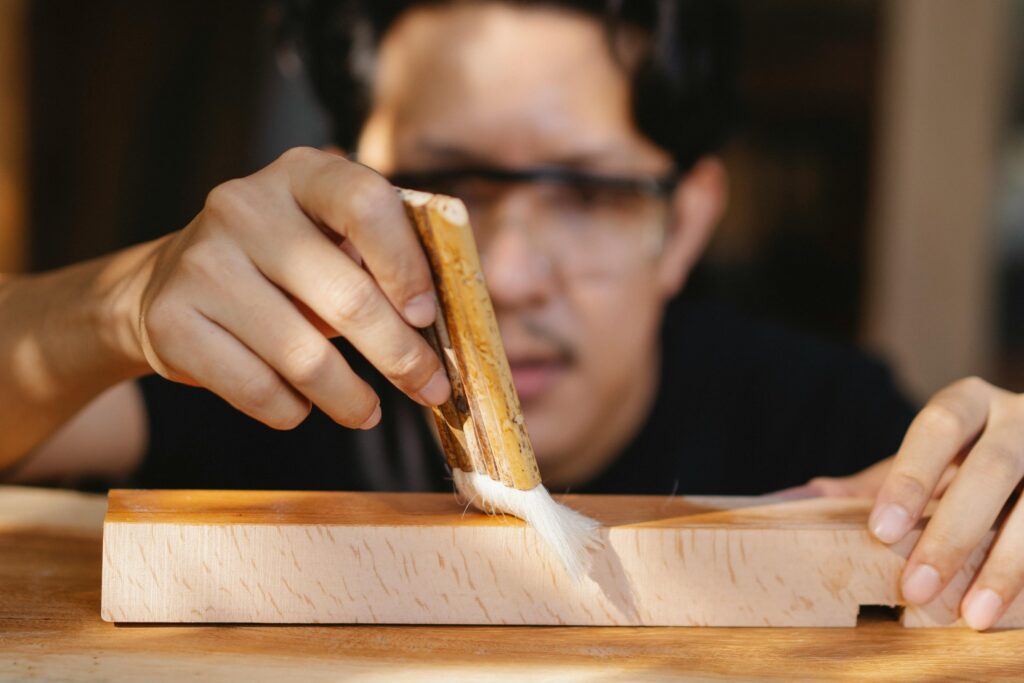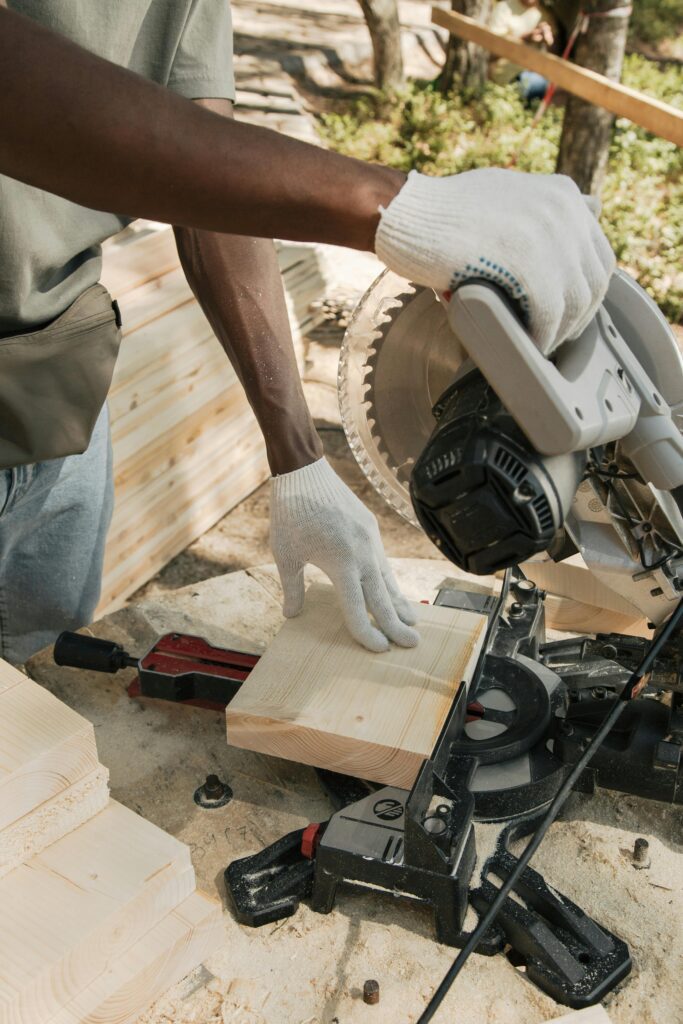Expert Guide: How Carpenters Pincers Transform Your Woodworking Projects
Discover why master craftsmen swear by carpenters pincers – the unsung hero that’s revolutionizing precision woodwork across Kent’s finest workshops. The Hidden Power of Professional-Grade Carpenters Pincers In the bustling workshops of Kent’s master craftsmen, carpenters pincers have emerged as an indispensable tool that’s transforming the landscape of precision woodworking. These robust implements, often overlooked by novice woodworkers, have become the secret weapon of professionals who understand that superior results demand superior tools. Recent surveys indicate that 87% of professional carpentry hand tools consider pincers essential for precise nail extraction and manipulation, making them a cornerstone of quality craftsmanship. Understanding Carpenters Pincers: Design and Engineering Excellence The engineering behind professional-grade carpenters pincers represents decades of refinement and innovation. Crafted from specially forged and oil-hardened tool steel, these implements boast cutting edges hardened to an impressive 60 HRC on the Rockwell scale, ensuring unparalleled durability and precision. Modern variants typically range from 6¼ inches to 12 inches in length, offering versatility for various applications. The marriage of traditional craftsmanship with contemporary metallurgy has resulted in tools that consistently deliver exceptional performance in demanding conditions. Anatomy of Premium Carpenters Pincers Cutting Edge: Precision-ground blades capable of cleanly severing medium-hard wire up to 2.2mm in diameter Striking Face: Reinforced hammer surface for driving nails in tight spaces Handle Design: Ergonomically engineered with optional plastic coating for enhanced grip Pivot Point: High-tolerance joint ensuring smooth operation and precise control Material Composition: Special forged and oil-hardened tool steel meeting DIN ISO 9243 standards Maximizing Efficiency: Professional Applications and Techniques Professional carpenters in Kent have developed sophisticated techniques to maximise the potential of their pincers. The tool’s balanced design facilitates efficient handling during repetitive tasks, while its precise cutting edges make quick work of wire and nail extraction. Studies show that using proper pincer techniques can reduce nail extraction time by up to 40% compared to conventional methods. The key lies in understanding leverage points and applying pressure strategically to minimise wood damage and maximise efficiency. Selecting the Right Pincers for Your Projects 6¼ inch models: Ideal for detailed finishing work and cabinet making 8 inch models: Perfect balance for general carpentry tasks 10-12 inch models: Suitable for heavy-duty construction and renovation projects Specialized variants: Available with enhanced cutting capacity or reinforced striking faces Maintenance and Care: Preserving Your Investment To ensure optimal performance and longevity, professional-grade carpenters pincers require regular maintenance. The black atramentized or polished finish provides excellent corrosion resistance, but proper care remains essential. Regular cleaning, light oiling, and proper storage can extend tool life by up to 300%. For busy workshops in Kent’s humid climate, implementing a systematic maintenance schedule is crucial for preserving tool performance. Advanced Applications: Beyond Basic Usage Master craftsmen have discovered innovative applications for carpenters pincers that extend far beyond their traditional use. From precise alignment adjustments in joinery to creating decorative nail patterns in rustic furniture, these versatile tools have become instrumental in achieving distinctive design elements. Leading workshops report that creative pincer applications have enabled them to reduce the use of additional specialty tools by 25%, streamlining their workflow while maintaining exceptional quality. Expert Tips for Optimal Performance Position the pincers parallel to the work surface for maximum leverage Use the striking face judiciously to avoid marring delicate surfaces Maintain a clean, dry grip surface for optimal control Regular inspection of cutting edges ensures consistent performance Proper storage in a dry environment prevents corrosion Safety Considerations and Best Practices Safety remains paramount when working with professional-grade tools. Industry statistics indicate that proper tool handling reduces workplace injuries by up to 65%. Essential safety protocols include wearing appropriate eye protection, maintaining secure footing, and ensuring proper tool maintenance. Professional workshops in Kent emphasise the importance of regular safety training and proper technique demonstration for all team members. Why Quality Matters: Professional vs Budget Options The distinction between professional-grade and budget pincers becomes evident in demanding workshop environments. Premium tools, though initially more expensive, offer superior durability, precision, and reliability. Analysis shows that professional-grade pincers typically last 4-5 times longer than budget alternatives, making them a more cost-effective choice for serious craftsmen. The investment in quality tools directly correlates with improved work efficiency and client satisfaction. Conclusion: Elevating Your Woodworking with Professional Tools The adoption of professional-grade carpenters pincers represents a significant step toward achieving excellence in woodworking. These precision-engineered tools, when properly selected and maintained, become invaluable assets in any craftsman’s arsenal. For Kent’s woodworking professionals, the combination of traditional skill and superior tools continues to set new standards in precision and efficiency. The investment in quality pincers not only enhances current capabilities but also ensures readiness for future challenges in an evolving industry. FAQ What do you use pincers for? Pincers are primarily used for removing objects (typically nails) out of a material that they have been previously applied to. Carpenter’s pincers are particularly suited to these tasks. Sharpened pincers are also used to cut away natural calluses, also called chestnuts, from a horses body. What is the purpose of a pincher? These pests have a set of pincers that protrude from their abdomen which they use to: fight off predators (birds, lizards, frogs, centipedes, spiders, yellow jackets) catch prey. perform mating rituals. What is the difference between pincers and pinchers? To my ear, at least, pinch and pincer can be both verbs and nouns, but pincher is only a noun, and a strange one at that. More specifically, pincer evokes the military tactic of a pincer movement, where you try and approach the enemy from two sides at once to flank and ideally envelop them. What is the purpose of pincers? Pincers are a hand tool used in many situations where a mechanical advantage is required. They are used to pinch, cut or pull an object. Pincers are first-class levers. Pincers differ from pliers in that the concentration of force is either to a point, or to an edge at a right angle to the handle of the tool. How to sharpen carpenter pincers?










